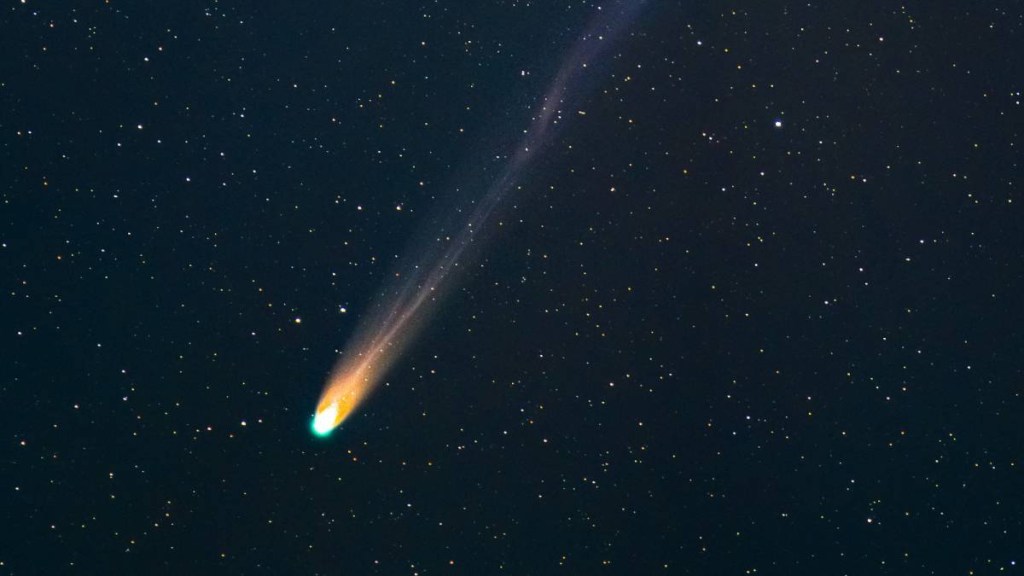A gigantic comet is hurtling towards Earth for the second time in the last four months. The comet is named 12P/Pons-Brooks, which is three times bigger than Mount Everest in Nepal as per latest media reports. Previously, in July, the comet reportedly circled the sun emitting gas clouds and ice and again it has shown its presence in a similar pattern.
The comet is a cryovolcanic or cold volcano comet with a diameter of about 30 kilometers, 18.6 miles made up of a mix of dust, gas and ice known as cryomagma. The center of the 12P comet is eloped with a hazy cloud of gas called coma. The comet rapidly explodes as the pressure inside is increased by solar radiation, allowing its icy interior to escape into space through the fissures in the nucleus’ shell.
According to the British Astronomical Association (BAA), a group of astronomers detected the comet on October 5 brighter than ever because of its expanding coma that was reflecting 12 times more than usual. The BAA has been looking closely at the comet and it is believed in a few days the comet will develop two horn like structures just like the outburst in July.
After the comet’s previous explosion, BAA astronomer Richard Miles told Live Science that the coma’s peculiar shape was most likely caused by an abnormality in the comet’s nucleus.
The most likely scenario, according to Miles, is that a notch extending from the nucleus is partially obstructing the gas that is escaping. The irregularity in the shape of the coma, he continued, becomes increasingly apparent and distinct as the gas has been extending away from the comet.
As per the reports, 12P will be closest to Earth on April 21, 2024, and before being hurled back outward toward the outer solar system, it is likely to become visible to the naked eye. Also, the comet probably won’t be visible to scientists until 2095.

